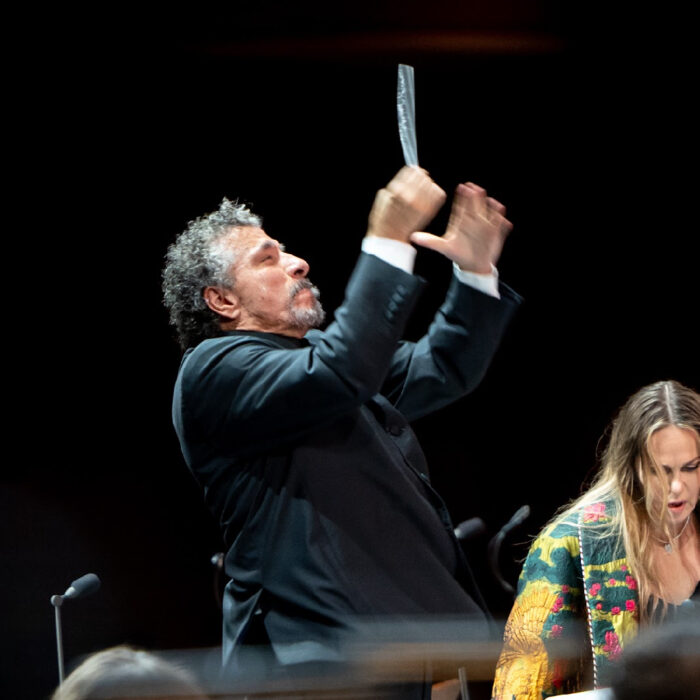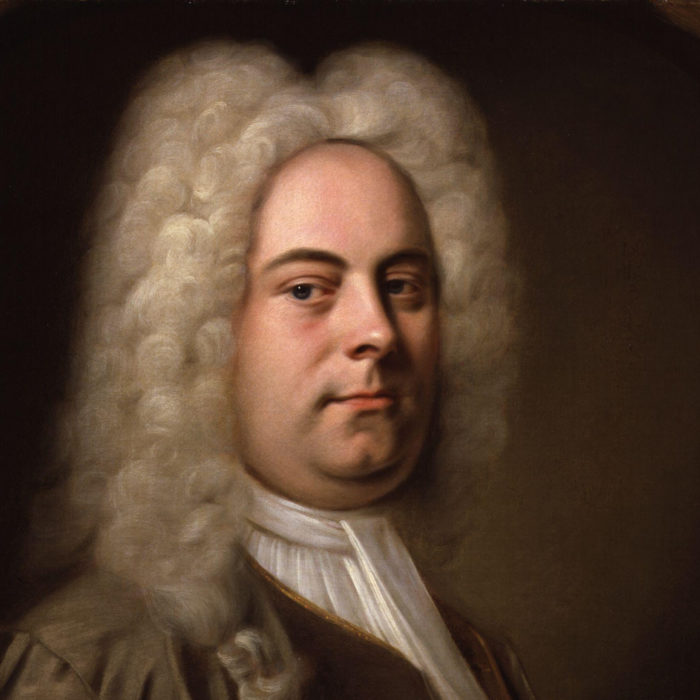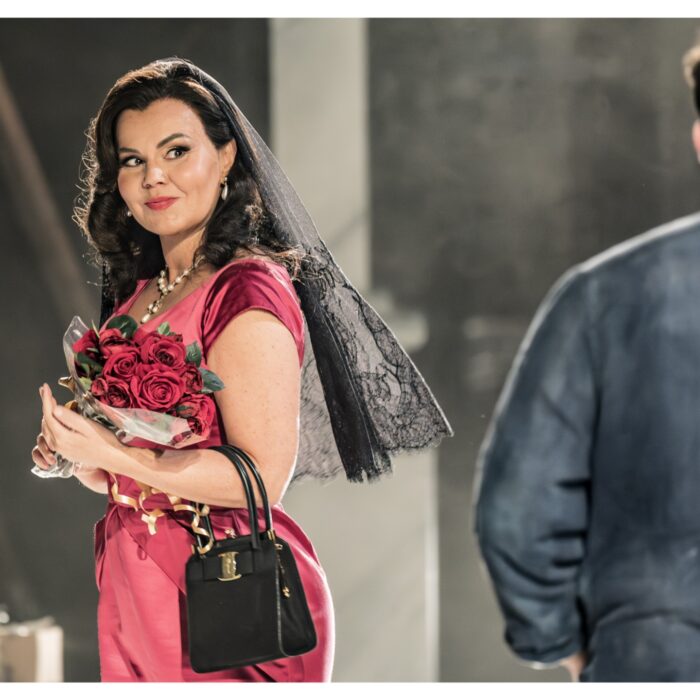
Teatro Nuovo 2019 Review: Rossini Stabat Mater & Donizetti’s Symphony in E Minor
A Solid Evening Featuring Two Unique Works By Two Bel Canto Masters
By Greg MoomjyGioachino Rossini is deservedly well-known for many an opera, however, he is also well-known for being one of those rare composers who actually retired from opera. His most ambitious opera “Guillaume Tell,” written in 1829, was also his last. Consequently, he had the luxury of spending over three decades in retirement in Paris at the prime of his life. Nonetheless, a few of his best compositions date from this period which include the Stabat Mater (1841) and the Petite messe solennelle (1863).
These pieces show a deft understanding of composition and drama that goes beyond the florid vocal fireworks of his more popular Italian operas.
Championing Rarities
This summer Will Crutchfield included a performance of the Stabat Mater during the second season of his new company Teatro Nuovo. For years Crutchfield, a famed conductor and scholar of bel canto opera had performed as part of the Caramoor Music Festival in Katoonah, New York. During the Caramoor years, the bel canto festival would include two operas – typically one lesser-known work paired with a staple of the genre and featured exciting young performers in leading roles.
Consequently, not only were operas like Rossini’s “Aureliano” in Palmyra reintroduced but several of today’s big named singers like Angela Meade were able to make their start. Therefore, it is fitting that Crutchfield should perform Rossini’s Stabat Mater in a concert along with Donizetti’s extremely rare Symphony in E Minor (**), which received its New York Premiere on Thursday.
During the bel canto era, opera was the most popular Italian musical form so especially if you were a composer in Italy, you were primarily a composer of opera.
Donizetti
Therefore, it is fitting that the first movement of Donizetti’s Symphony was eventually reworked into the overture for “Linda di Chamounix” (1842). Today, “Linda” is primarily known for two showstopping arias, “O luce di quest’anima,” and the Mad Scene, both for the soprano. But during the 19 th century, along with “Lucia di Lammermoor” and “Maria Stuarda,” “Linda di Chamounix” was one of Donizetti’s most popular operas.
The symphony was originally written to impress Viennese audiences when Donizetti took on the post of Court Composer to the Hapsburgs. It was originally based off a string quartet which forms the basis for the polka in the final movement. Donizetti never completed the orchestration for the final movement.
As such, Maestro Crutchfield himself took on the task. The result is a piece that feels like a macabre scherzo reminiscent of the black sabbath at the end of Berlioz’s Symphonie fantastique. Indeed, this isn’t the only echo of Berlioz. The preseating minuet also has echos of the ball in the second movement of the Symphonie fantastique. The only thing that really counteracted the eeriness of the final movement, was the concluding stretta, which again recalls the closing section of the overture to “Linda di Chamounix.”
During the adagio Crutchfield made use of some extremely delicate string playing to highlight the meditative quality of the music. The first movement was replete with strong sturm und drang, but Crutchfield’s deft use of dynamics and silkiness in the strings made the movement a thrilling study in contrast.
Rossini
The Stabat Mater is a devotional poem dating from the middle ages. It depicts the sufferings of the virgin Mary as she stands at the foot of Jesus’ cross. In the poem the speaker by turns glorifies her and asks to take part in her divine suffering. Many composers from Pergolesi to Dvořák, have set the poem to music.
Rossini’s version is a potent mix of drama and contemplation.
Unfortunately, Maestro Jakob Lehmann’s interpretation of the Stabat Mater was occasionally too operatic. One can certainly hear similarities between the Stabat Mater and Verdi’s Requiem, which would appear four decades later. Its interesting to think that Verdi was scolded by the critics for writing a Requiem that was too operatic for church.
Nonetheless, under Maestro Lehmann’s direction, Teatro Nuovo’s orchestra gave a solid performance. The orchestra is a period instrument group, and Lehmann knew exactly how to punctuate the Stabat Mater with the tartness that is the hallmark of period instruments. Occasionally, his handling of the strings could be delightfully fragile, such as in the opening when just before the tenor solo, the pizzicato strings sounded like a human heartbeat. However, at least in the first third of the work, operatic drama was the order of the day, whereas contemplation, something that other conductors, like Antonio Pappano bring to the fore, was downplayed.
Given that Teatro Nuovo is dedicated to teaching young singers, the art of bel canto singing, its fitting that there was no set group of four soloists, but rather, the soloists changed throughout the course of the evening, allowing multiple young singers to be in the spotlight.
Standouts among the soloists include Christine Lyons, who possesses a plush lyric voice. She will return to Teatro Nuovo to sing the lead in Bellini’s “La Straniera” later this summer.
Vincent Grana sang with a stentorian bass voice, and Maya Gour was a joy to hear. All of these soloists are definitely people to watch out for.
All in all, despite some blemishes, this was a thrilling concert, something that all at Teatro Nuovo can be proud of. It definitely bode well for the company’s future.


